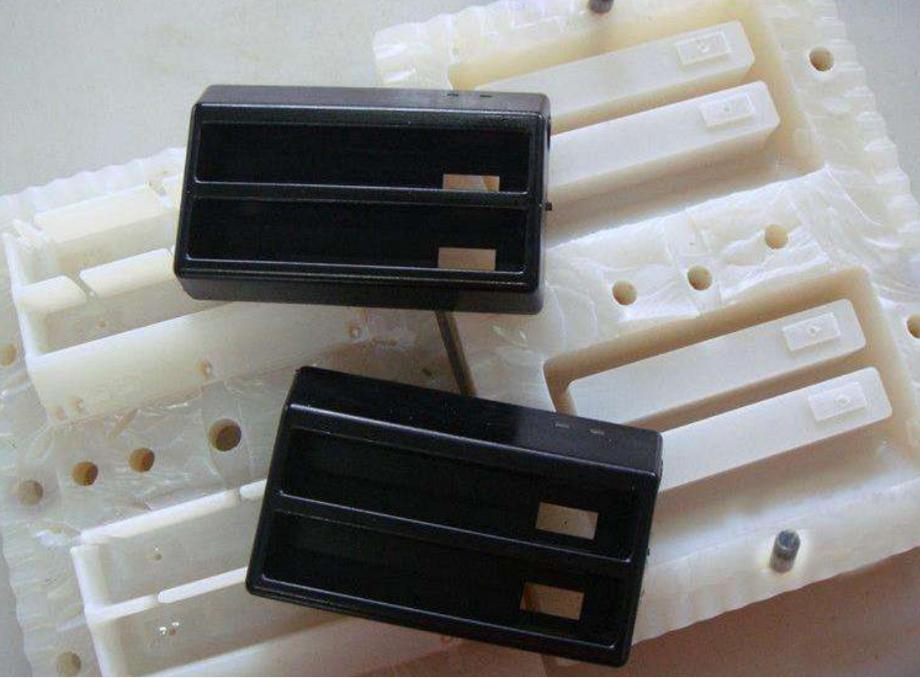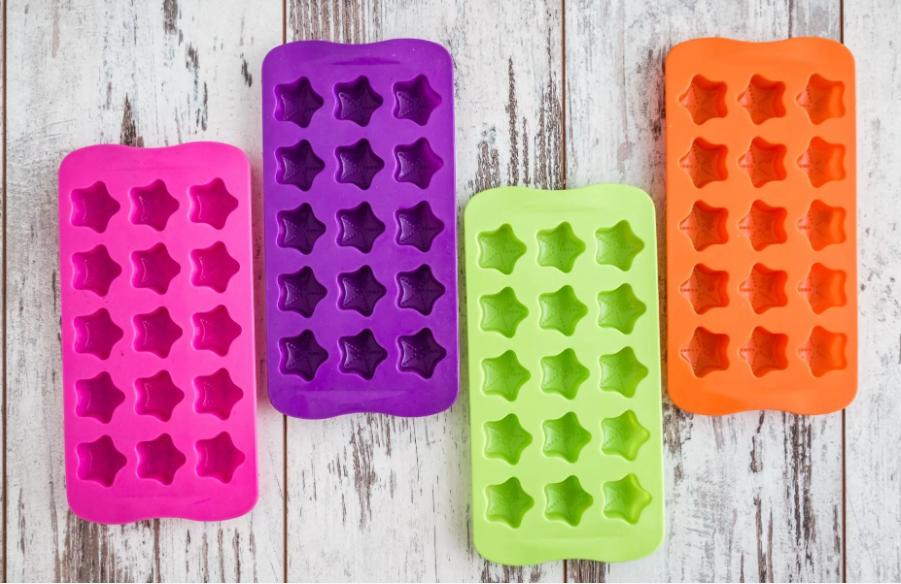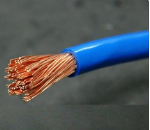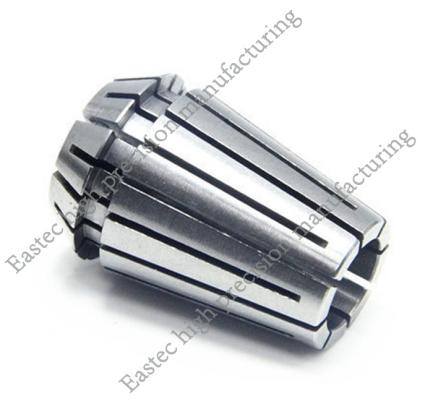Polyurethane (PU) and silicone materials offer different ways to achieve a soft part. PU uses compression molding and RTV tooling, while silicone and TPU uses injection molding. The main disadvantage of silicone is that it has flash, and when flash is cut or trimmed, there is always residue left. Additionally, when injection molding silicon, the mold has to be heated rather than the traditional process that heats the material. Injection molding TPU is easier to process, while offering similar properties as silicon.

Polyurethane (PU) Polyurethane (PU) is divided into two categories: thermoset PU (PU) and thermoplastic PU (TPE). The main difference between the two is that a thermoset material will cross link when processed, and the material can’t be used again. Thermoplastic PU, on the other hand, can be recycled and reused. You can learn more about thermoset vs thermoplastic materials here.
Thermoset PU is mainly used to make prototypes, via a process called urethane casting or room temperature vulcanization (RTV). Urethane casting uses a master part that is covered by a liquid silicon elastomeric material that will harden at room temperature. Once the silicon has hardened, the master is removed, and the result is a soft, flexible mold that can produce copies of the master.
Parts made from this process can range between 30A-85D. With the urethane casting process, flash is unavoidable. Normally, if the part is a hard plastic, the flash can be be trimmed manually, and the scar can be sanded, so it is less apparent. But when the part is as soft as PU, the flash can’t be removed as easily. PU has better abrasive resistance than thermoplastic elastomer (TPE) and polyvinyl chloride (PVC), so it can be used to make casters and shoe soles.
RTV mold + parts Thermoplastic PU parts can be made by injection molding, so parting lines can be very exact and precise (without flash). Thermoplastic PU’s hardness range is from 65A to 85D, so the resin can be as soft as rubber and as hard as hard plastic. Thermoplastic PU is typically used in overmolding, to make the jacks for electronics cords for example. Cords with thermoplastic PU material have much better elasticity and bending test results than cords made with PVC or TPE.
Silicone Silicone is a thermoset resin, so it has good heat resistance and weather resistance. Silicone parts are made in one of three ways: RTV casting, compression molding, or liquid silicone injection. Silicon resins can not be reprocessed or recycled.

Silicone has many uses and benefits. It can be a great option for gaskets and o-rings. Because it can be thermally resistant, non-toxic and easy to clean, it is commonly used for kitchenware, personal care products, and medical products.
However, silicone has some downsides. It is more difficult to control the flash, and usually requires a specific type of tool, called LIS (liquid injection silicone). For these reasons, while it may have certain benefits for your application, it may not necessarily be advantageous compared to TPU.





 Customer service 1
Customer service 1  Customer service 2
Customer service 2